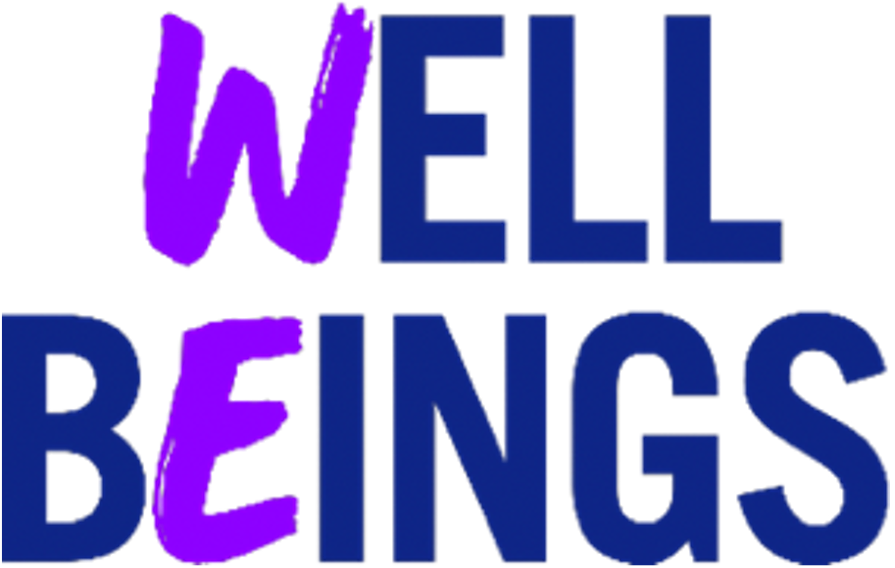2022 Student Journalism Challenge, Sriya Tallapragada
As we look at the impact on education, post-pandemic, we’ve sought out the student’s point of view. Sriya Tallapragada, a tenth grader from New Providence, NJ, shared her experiences as part of the Student Journalism Challenge produced by PBS NewsHour Student Reporting Labs and powered by the XQ Institute.
Describe your back-to-school experience.
September, to me, is forever remembered through a back-to-school mentality: shopping for school supplies, waiting for the bus, setting alarm clocks earlier, buckling down on the rigor of schoolwork, meeting new friends and teachers, and, of course, new opportunities. Back-to-school season has always been one of my favorite times because, after three months reserved for catching my breath, I finally get to fall back into a routine.
Of course, this sense of regularity hasn’t always been a constant in my education experience. I was in seventh grade when the coronavirus pandemic forced schools to shift into virtual learning, and I couldn’t come to in-person school until I was a freshman in high school. My first school day for 8th grade (September 2020) was spent at home, glued to zoom calls, still reckoning with a world whose rules and limits constantly change. Remote learning changed how I approach my education, making it difficult to go back to school in person.
How has COVID-19 impacted your generation of students?
We are now more than two years removed from when COVID forced the world to pause, and while most schools have recovered and are now offering a full education experience, the same can’t be said for all students. A study by the CDC, published in March, reported that 40% of students nationwide felt hopeless or sad over the past year. Marginalized groups have suffered disproportionality in adverse behavioral health; according to The Trevor Project, 45% of LGBTQ youth seriously considered attempting suicide in the past year.
While uncertainty about the future from the pandemic was a factor in the soaring rates of anxiety and depression in teenagers, it’s not alone. Many elements contribute to the mental health crisis among students, including pressures to succeed, financial worries, social media, and, notably, destructive perfectionism. While highly publicized cases like those of Chelsie Kryst and Katie Meyer shed light on the dangers of achievement culture, it is especially dangerous in education settings, where students may tie their self-worth with grades and test scores.
How can we best address mental health issues in our communities?
To address this issue, communities must take steps to support students. Over the summer, Governor Murphy introduced the “Strengthening Youth Mental Health,” which addresses the relationship between mental health and academic growth. This initiative is a good step toward ensuring the well-being of youth through academic support. Aside from just public infrastructure, communities must be more mindful of supporting young people. We must provide resources that promote healthy development and supportive environments to meet the social, emotional, and behavioral needs of children and youth.
I’m going into the tenth grade, and the first day of school this year still has the same magic to me as it did when I was younger, and I recognized that the opportunity for education was very much limitless. However, this year, taking care of my and others’ mental well-being will be a priority. After all, everyone is fighting a silent battle, and being kind to one another is the best way to lift each other.
The Forbes.com Well Beings Blog is a series that addresses critical topics around the health, mental health, and well-being of America’s youth and adults. The blog launched in 2020 as a companion to the Well Beings Youth Mental Health Project and Ken Burns Presents Hiding in Plain Sight: Youth Mental Illness, A Film by Erik Ewers and Christopher Loren Ewers (PBS.org/plainsight |WellBeings.org/plainsight), which is now streaming on the PBS app. #WellBeings #WellBeingsLive
The current series of articles addresses creativity, resilience, and well-being among America’s youth. It is part of the Student Journalism Challenge produced by PBS NewsHour Student Reporting Labs and powered by the XQ Institute. The challenge celebrates young people’s creative expression, encouraging students ages 13-18 to tell their own stories of their communities and their education by contributing print, video, and audio pieces on the theme, “My Education, My Future.” Submissions were evaluated by a diverse roster of professional journalists.
The Forbes.com Well Beings Blog “Student Journalism Challenge” series features winning articles and honorable mentions in the print category.


